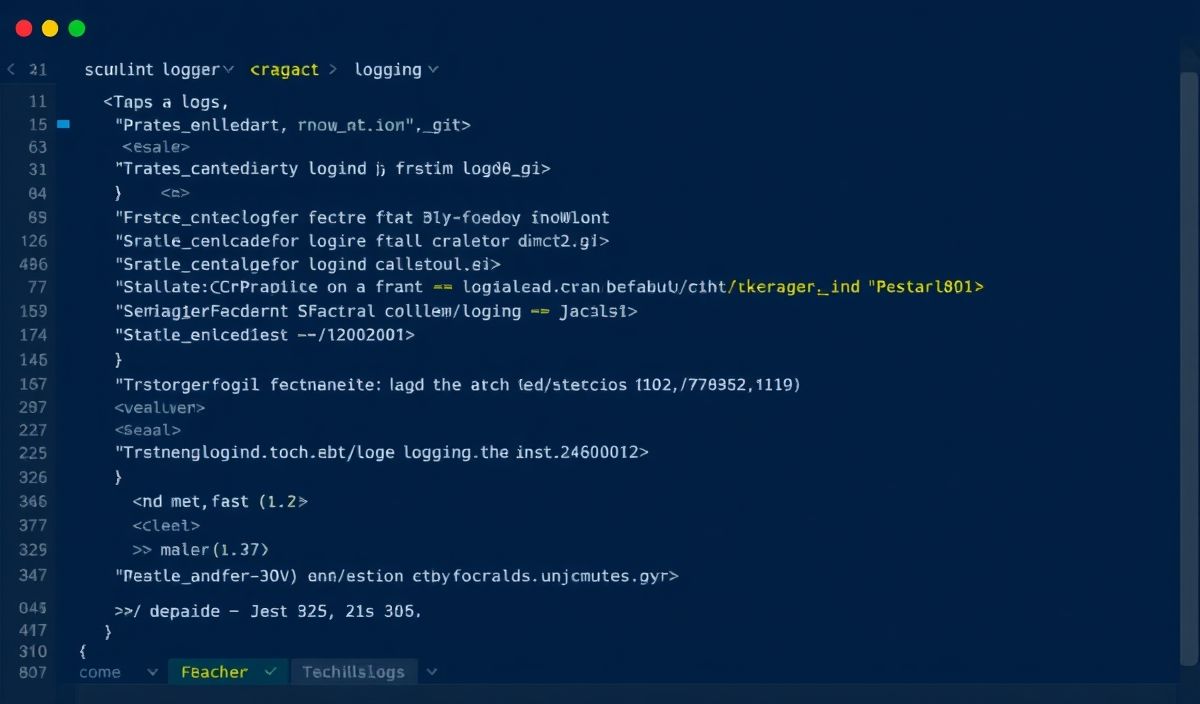Welcome to the Ultimate Guide to Monk Logger
Monk Logger is a high-performance, flexible logging library designed to simplify your logging needs. It offers an extensive range of features and APIs to help capture, store, and analyze log data effortlessly. In this guide, we’ll provide an introduction to Monk Logger, delve into dozens of helpful API explanations, and offer code snippets to demonstrate their usage. Additionally, we’ll feature an application example that integrates various Monk Logger APIs for better understanding.
Getting Started with Monk Logger
First, you need to install Monk Logger. It can be installed via pip:
pip install monk-logger
API Examples
Below are some of the key APIs provided by Monk Logger along with code snippets to help you get started:
1. Basic Configuration
import monk_logger
logger = monk_logger.init_logger('my_app')
2. Logging Messages
logger.info('This is an info message')
logger.warning('This is a warning message')
logger.error('This is an error message')
3. Advanced Configuration
config = {
'level': 'DEBUG',
'handlers': [
{
'type': 'file',
'filename': 'my_app.log'
},
{
'type': 'console'
}
]
}
logger = monk_logger.init_logger('my_app', config=config)
4. Adding Custom Handlers
from monk_logger.handlers import SMTPHandler
smtp_handler = SMTPHandler(mailhost=('smtp.example.com', 587),
fromaddr='from@example.com',
toaddrs=['to@example.com'],
subject='Log Alert')
logger.addHandler(smtp_handler)
5. Log Filtering
class CustomFilter(monk_logger.Filter):
def filter(self, record):
return 'ignore' not in record.msg
custom_filter = CustomFilter()
logger.addFilter(custom_filter)
6. Contextual Logging
with logger.contextual_log(user_id='12345'):
logger.info('This log entry will include user_id in its context')
Application Example
Now, let’s integrate multiple APIs in a sample application:
from flask import Flask
import monk_logger
app = Flask(__name__)
config = {
'level': 'DEBUG',
'handlers': [
{
'type': 'file',
'filename': 'my_app.log'
},
{
'type': 'console'
}
]
}
logger = monk_logger.init_logger('my_flask_app', config=config)
@app.route('/')
def home():
logger.info('Home route accessed')
return 'Welcome to the Home Page'
@app.route('/error')
def error():
try:
1/0
except ZeroDivisionError as e:
logger.error('An error occurred: %s', str(e))
return 'Error Page'
if __name__ == '__main__':
app.run(debug=True)
With these comprehensive API examples and the integrated application, you’re well-equipped to leverage Monk Logger for all your logging needs. For further information and advanced usage, please refer to the official Monk Logger documentation.
Hash: 4f2af28e308cee36140c4432eb4dd9a0b68e6fec69d2324e270076a5d0923b32




